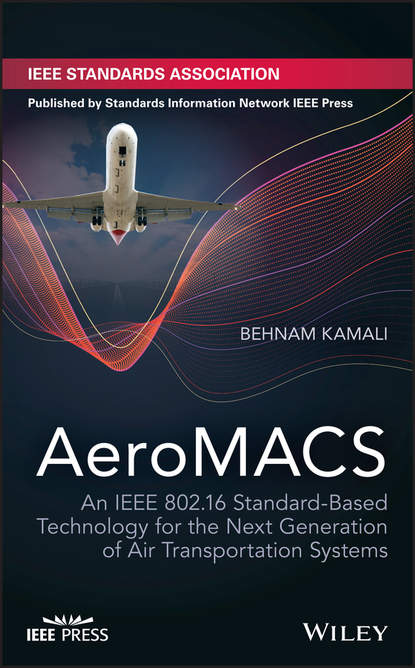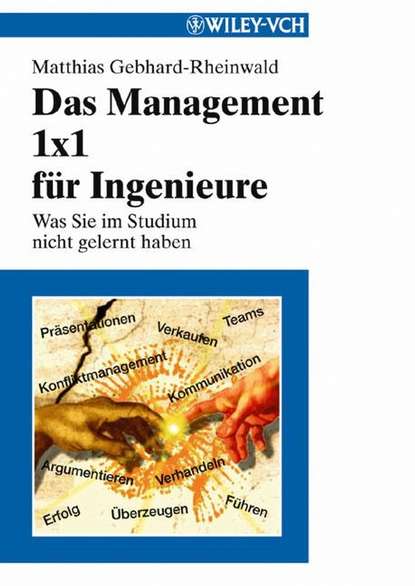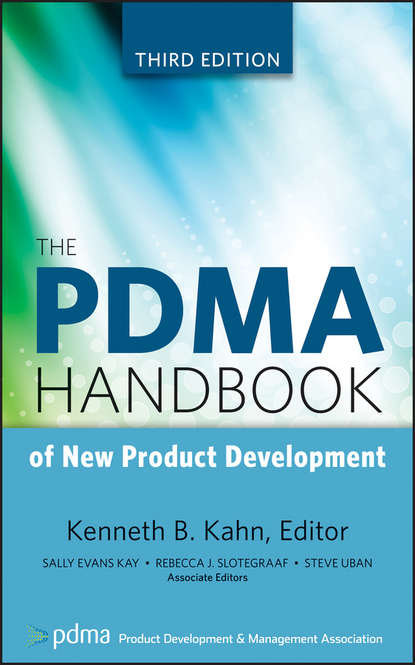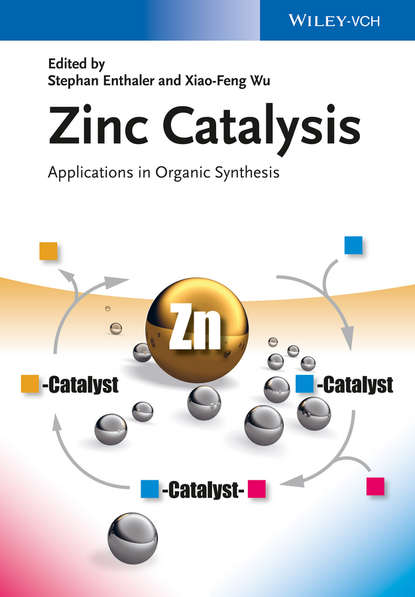Это новаторский учебник, который дает всестороннее описание технологии AeroMACS. Он также представляет процесс разработки новой технологии на основе устоявшегося стандарта - в данном случае набора стандартов IEEE802.16. Текст знакомит читателей с областью систем связи для аэропортовых поверхностей и дает им исчерпывающее покрытие одного из ключевых компонентов Системы воздушного движения следующего поколения (NextGen) - AeroMACS. Он начинается с критического обзора устаревшей авиационной системы связи и обсуждения причин ее замены сетецентрическими цифровыми технологиями. Затем описываются беспроводные мобильные характеристики канала в целом, и делается акцент на канал аэропортовой поверхности в диапазоне 5 ГГц. За этим следует подробное освещение основных особенностей физического уровня (PHY) и уровня управления доступом к среде (MAC) стандарта IEEE 802.16-2009. Далее в тексте дается всестороннее освещение процесса стандартизации AeroMACS, от выбора технологии до развертывания сети. AeroMACS рассматривается как технология широкополосной беспроводной связи короткого радиуса действия с высокой пропускной способностью, с акцентом на основные особенности PHY и MAC уровней AeroMACS, за которыми следует убедительный довод в пользу поправки IEEE 802.16j в качестве базового стандарта для сетей AeroMACS.
Книга охватывает такие темы, как OFDMA, кодированная OFDMA, масштабируемая OFDMA, адаптивная модуляция и кодирование (AMC), системы MIMO, коды исправления ошибок (ECC) и методы автоматического повторного запроса (ARQ), дуплексная связь с разделением по времени (TDD), помехи между приложениями (IAI) и многое другое. Она также рассматривает будущие тенденции и разработки сетей AeroMACS по мере их развертывания по всему миру, сосредотачиваясь на концепциях, которые могут быть применены для улучшения будущей емкости.
This book is a pioneering book about a very comprehensive description of technology called AeroMACS, and also it presents a process about developing new technologies based on established standards, using the initials of IEEE801.16. The book introduces the reader to the realm of airport ground communication systems, and provides a detailed overview of one of the key components in the air transportation system of the future, namely, the technology AeroMACS describes. The book starts with a critical evaluation of air navigation communication systems that will eventually be replaced by network centric digital technologies, it then covers the characteristics of the generic wireless mobile communication channel, focusing specifically on the airport communication channel operating at a frequency band of 5 gigahertz. This book dives deep into the major components of the physical layer (PHY), and medium access control (MAC) sublayer of IEEE 108.16, 2004. The author then consists a complete picture of the process of standardizing an new system like AeroMACS A rising demand for short-ranged, high-performance broadband wireless data communication system; and focuses Solely on two key aspects, the PHY description, and the MAC sub-layer summary. After an extended discussion about the benefits of Annex 1011p as the fundamental standard for networks based on companies built explicitly for this system.
AeroMACS analysis technology level, provides persons with practical knowledge about topics such as orthogonal frequency division multiple access (OFDAC code, scalability OFDAC systems, adaptive modulation-coding (AMC) Moving light MIMO (multiple antenna system) systems. Error control coding (ECC), automatic repeat request techniques (a quantity repetitive), time division duplexing (DD) The burden of inter-application interference (IA I), and others.
And last but not least covers forefront trends and advances in AeroMACS networking, also reading about concepts that can be adopted to boost the potential of future systems. Solely Fifty trials should be discussed, as Complexity associated with airports radio ones, as well a our lack of broad spectrum transmission, amongst others.
This pioneering book comprehensively describes the technology of AeroMACs. It also provides details of the development process for new technologies based on established standards, in this instance the IEEE80216 standard suite.
Электронная Книга «AeroMACS. An IEEE 802.16 Standard-Based Technology for the Next Generation of Air Transportation Systems» написана автором Behnam Kamali в году.
Минимальный возраст читателя: 0
Язык: Английский
ISBN: 9781119281115
Описание книги от Behnam Kamali
This is a pioneering textbook on the comprehensive description of AeroMACS technology. It also presents the process of developing a new technology based on an established standard, in this case IEEE802.16 standards suite. The text introduces readers to the field of airport surface communications systems and provides them with comprehensive coverage of one the key components of the Next Generation Air Transportation System (NextGen); i.e., AeroMACS. It begins with a critical review of the legacy aeronautical communications system and a discussion of the impetus behind its replacement with network-centric digital technologies. It then describes wireless mobile channel characteristics in general, and focuses on the airport surface channel over the 5GHz band. This is followed by an extensive coverage of major features of IEEE 802.16-2009 Physical Layer (PHY)and Medium Access Control (MAC) Sublayer. The text then provides a comprehensive coverage of the AeroMACS standardization process, from technology selection to network deployment. AeroMACS is then explored as a short-range high-data-throughput broadband wireless communications system, with concentration on the AeroMACS PHY layer and MAC sublayer main features, followed by making a strong case in favor of the IEEE 802.16j Amendment as the foundational standard for AeroMACS networks. AeroMACS: An IEEE 802.16 Standard-Based Technology for the Next Generation of Air Transportation Systems covers topics such as Orthogonal Frequency Division Multiple Access (OFDMA), coded OFDMA, scalable OFDMA, Adaptive Modulation-Coding (AMC), Multiple-Input Multiple-Output (MIMO) systems, Error Control Coding (ECC) and Automatic Repeat Request (ARQ) techniques, Time Division Duplexing (TDD), Inter-Application Interference (IAI), and so on. It also looks at future trends and developments of AeroMACS networks as they are deployed across the world, focusing on concepts that may be applied to improve the future capacity. In addition, this text: Discusses the challenges posed by complexities of airport radio channels as well as those pertaining to broadband transmissions Examines physical layer (PHY) and Media Access Control (MAC) sublayer protocols and signal processing techniques of AeroMACS inherited from IEEE 802.16 standard and WiMAX networks Compares AeroMACS and how it relates to IEEE 802.16 Standard-Based WiMAX AeroMACS: An IEEE 802.16 Standard-Based Technology for the Next Generation of Air Transportation Systems will appeal to engineers and technical professionals involved in the research and development of AeroMACS, technical staffers of government agencies in aviation sectors, and graduate students interested in standard-based wireless networking analysis, design, and development.



















